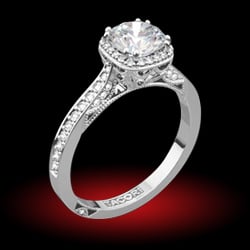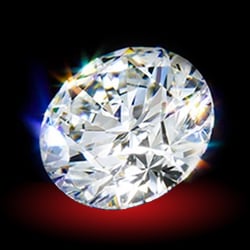Bluehammer
Shiny_Rock
- Joined
- Jul 2, 2006
- Messages
- 104
Hello,
I noticed on the search by cut feature from the home page that there is a spread percentage listed on "in house" diamonds for H&A cut. This ranges from approx. +3%/-3%. I assume the higher more positive number means a diamond has more spread (logical right?). I have read some posts that say a diamond can have too much spread (too shallow).
My question is: On the "in house" search should I look for the best diamond I can afford at the 3% level of spread or focus near 0%?
I am new to the search and I am looking for the best possible stone for my money. My understanding is that if I get a good spread then my stone looks all the bigger. I am a value shopper so if a good cut/spread can "add visual weight" then all the better.
My basic (flexiable) parameters are 1.0-1.5 carat, E-G, VS1-VS2, ideal cut. I am trying to keep the stone under $10,000. As always trying for the biggest, brightest, eye clean, and most white stone possible.
Thank you in advance for any input, advice, and knowledge.

I noticed on the search by cut feature from the home page that there is a spread percentage listed on "in house" diamonds for H&A cut. This ranges from approx. +3%/-3%. I assume the higher more positive number means a diamond has more spread (logical right?). I have read some posts that say a diamond can have too much spread (too shallow).
My question is: On the "in house" search should I look for the best diamond I can afford at the 3% level of spread or focus near 0%?
I am new to the search and I am looking for the best possible stone for my money. My understanding is that if I get a good spread then my stone looks all the bigger. I am a value shopper so if a good cut/spread can "add visual weight" then all the better.
My basic (flexiable) parameters are 1.0-1.5 carat, E-G, VS1-VS2, ideal cut. I am trying to keep the stone under $10,000. As always trying for the biggest, brightest, eye clean, and most white stone possible.
Thank you in advance for any input, advice, and knowledge.








300x240.png)